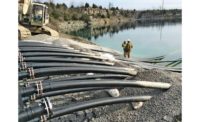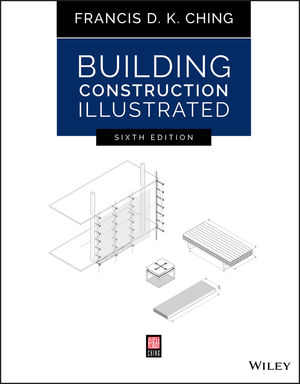Climate Adaptation
Foundation Geothermal Energy Works, Australia Subway Test Shows

The team got up to 5 KW of energy from one of the pipes, and all 69 pipes together provide enough heat to power the station and nearby buildings.
Graphic courtesy of Victoria State
Four years of testing on Melbourne, Australia's subway tunnel project have convinced university engineering researchers that geothermal energy in deep foundations can heat and cool the buildings they support.
Trials took place at one of five stations on the city project, which is set to open in 2025. Plastic water-filled pipes feeding heat exchangers were cast into 130-ft-deep shaft retaining walls of the subway's State Library station.
"With the ground remaining at a stable temperature throughout the year, water pumped through the pipes absorbs heat from the ground in winter, and releases heat into the ground in summer," says a government project website. "When the water comes back to the surface, the change in temperature can be used to efficiently heat or cool the building."
The test generated up to 5 KW of energy from one of the pipes, according to Guillermo Narsilio, a University of Melbourne engineering faculty professor. Activating all 69 pipes in one shaft would have provided enough heat for the station and some surrounding buildings, he adds.
Project owner Rail Projects Victoria and consortium construction contractors CYP Design & Construction supported the research, with member firms including Lendlease, John Holland, Bouygues Construction and Capella Capital. The team secured the 25-year, $3.9-billion design, build and finance contract from the Victoria state government in 2017.
The project's four tunnel boring machines completed 5.5 miles of twin tunnels in mid-2021, with the project on course to meet its 2025 completion, according to the owner. The line will carry trains from Sunbury, a western suburb to Cranbourne and Pakenham, in the southeast, avoiding the busy central "Loop" system.







